People who suffer from edema know that sometimes it can be difficult to cope with this problem. It is not debilitating, but it does cause discomfort, limits activity, and looks unattractive. There are different ways to treat edema, and massage chairs in one of the latest options.
About Edema
Edema is an abnormal accumulation of fluids underneath the skin, or more precisely, between the cells. Certain disorders affecting the heart, kidneys, liver, or blood vessels can cause this problem. Factors that contribute to edema symptoms are PMS, drug abuse, and neuromuscular disorders.
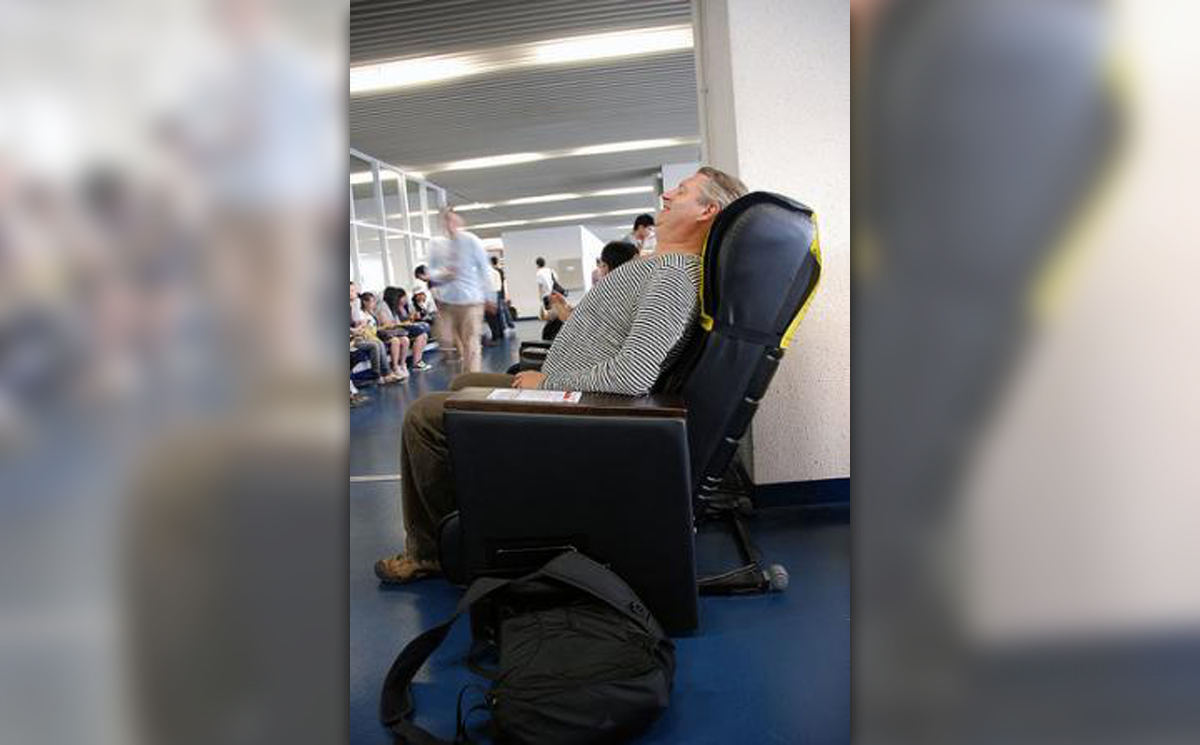
Feet, ankles, and lower legs are the parts of the body that are commonly affected by edema, due to their position, especially after long periods of sitting or standing. One of the most prominent symptoms of edema is swelling of feet and calves. People who suffer from edema have noticed the swelling is minimal in the morning, but it increases as the day progresses. Increased swelling may cause stiffness in muscles and joints and cause difficulty walking or simply standing.
Edema can be pitting and non-pitting. In the pitting edema, the soft tissue does not bounce back as quickly as it should after it has been pressed with a finger, and there is an indentation or a small depression that persists.
Another symptom of edema is puffy eyes and swollen hands and wrists. People who have edema often have high blood pressure, heart palpitations, and frequent urge to urinate.
Relief for Edema and Massage Chairs
People who have edema are generally advised to keep their feet and legs elevated as often as they can so that the fluids can go back toward the lymphatic system. Compression bandages are also effective, as they provide pressure that pushes the fluid back into the vessels. There are also exercises designed especially for people who have edema.
Shoes are very important too. There are even special shoes for people with edema, and it is important to try them on in the afternoon when the feet are more swollen than in the morning.
Massage chairs provide relief for several ailments, most commonly stiffness, muscle ache, and back pain. However, there are chairs with add-ons that provide compression to swollen limbs and reduce edema. They are based on the principle of compression massage, which applies soft pressure and release and loosens the muscle or the joint, which helps with discomfort due to edema.
These chairs have a leg rest with airbags that surround the leg and apply compression while massaging feet and calves. This provides relief from stiffness and discomfort caused by the swelling. The best thing about these chairs is that they provide relief in one’s own home with a massage that is always available.
- In general, the greater the insult to the skin caused by an aesthetic treatment, the larger amount of edema that will develop. Swelling following dermal filler treatment is likely to be in the order of 10 to 50 percent, although in reality all patients are likely to develop a degree of edema by the nature of the treatment. The incidence of swelling following the injection of Restylane using patient diaries was 87 percent in a randomized, double-blind, multicenter study.
- Ensure a full medical history is taken to include any pre-existing conditions, medications taken including contraception or hormone replacement therapy (estrogen increases the risk of edema), aspirin, NSAIDs, and supplements (vitamin E, ginger, ginseng, ginkgo biloba, garlic, kava kava, celery root, and fish oils).
- Consent should include a full explanation on the risks of side effects and complications, and the patient must be informed of any injection site reactions.
- Apply gentle massage after treatment, but avoid vigorous massage, which may increase tissue trauma and contribute to swelling.
- Injecting a local anesthetic into the treatment area will lead to secondary edema, which can alter contour and affect treatment.
- Avoid extremes of temperature (hot or cold) or altitude within the first 48 hours to limit the persistence of edema.
- Edema occurring within the first two weeks should be managed expectantly. Even quite significant edema will settle down within a relatively short time. Ice or cool packs have not been proven to reduce swelling; however, many leading practitioners would advocate the use of ice packs or warm compresses to minimize erythema, edema, and tenderness. Consider gentle massage over the area, which may improve lymphatic drainage and the patient can do this at home.


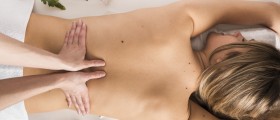
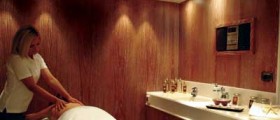
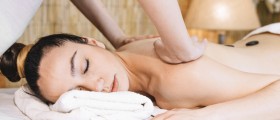
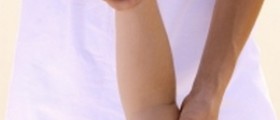
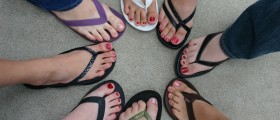



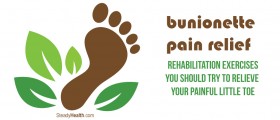
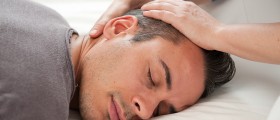
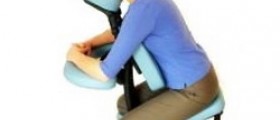

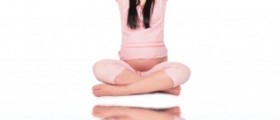
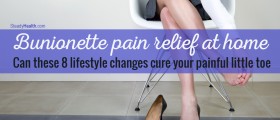
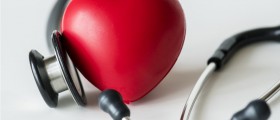
Your thoughts on this
Loading...